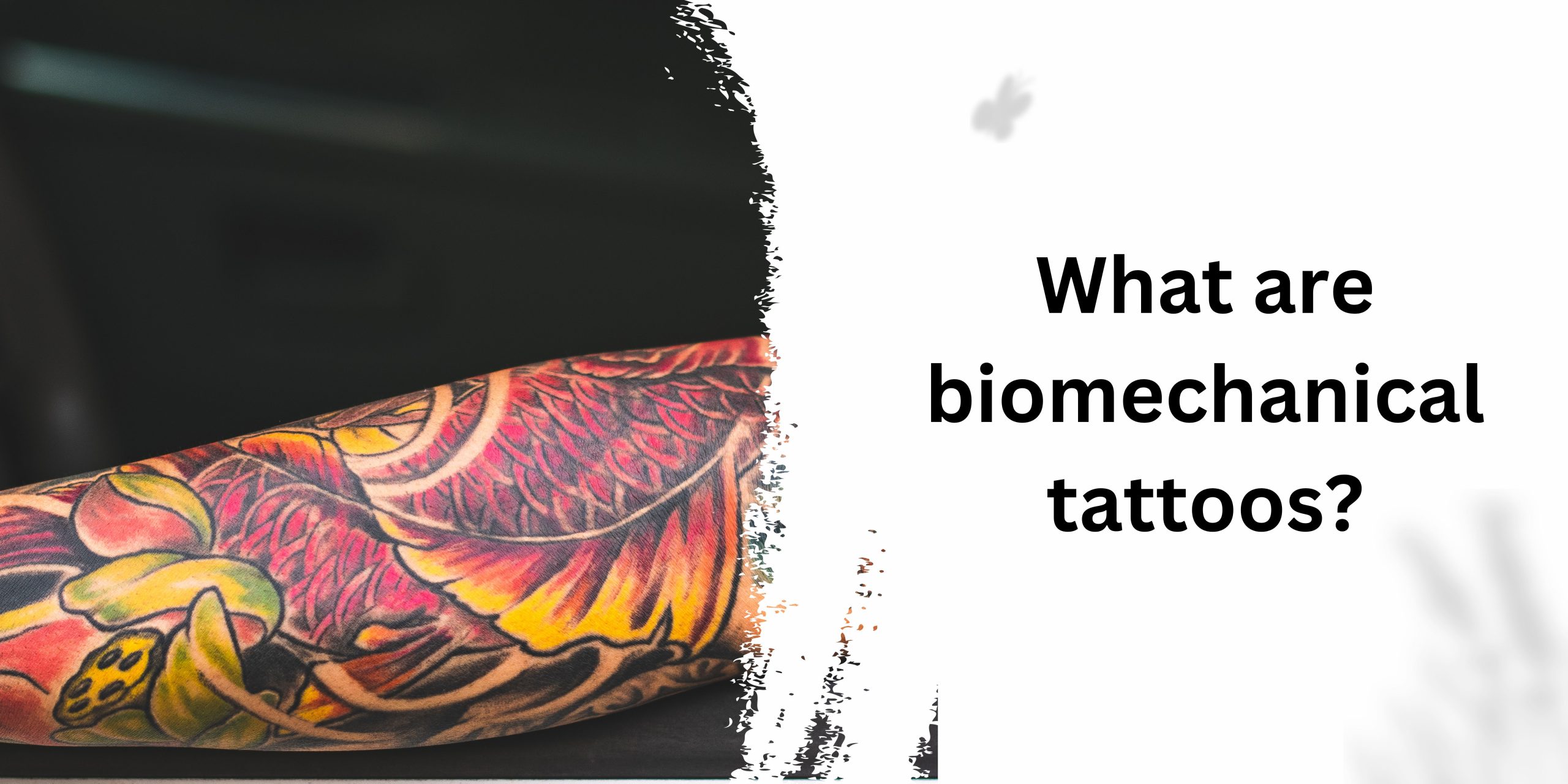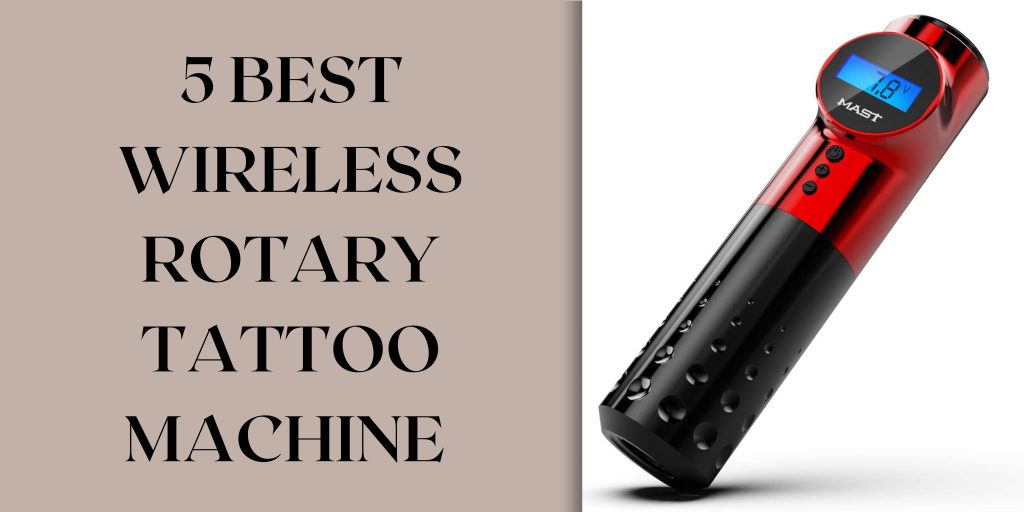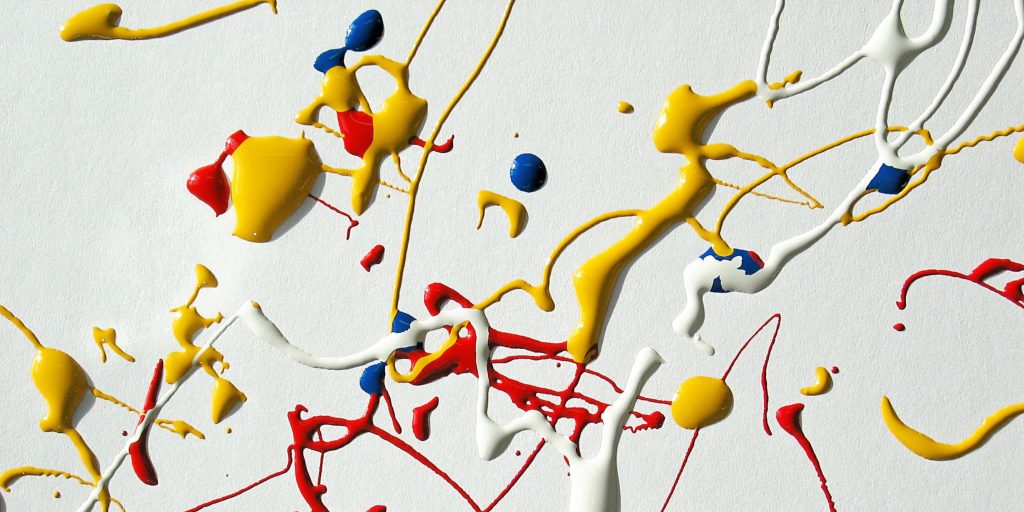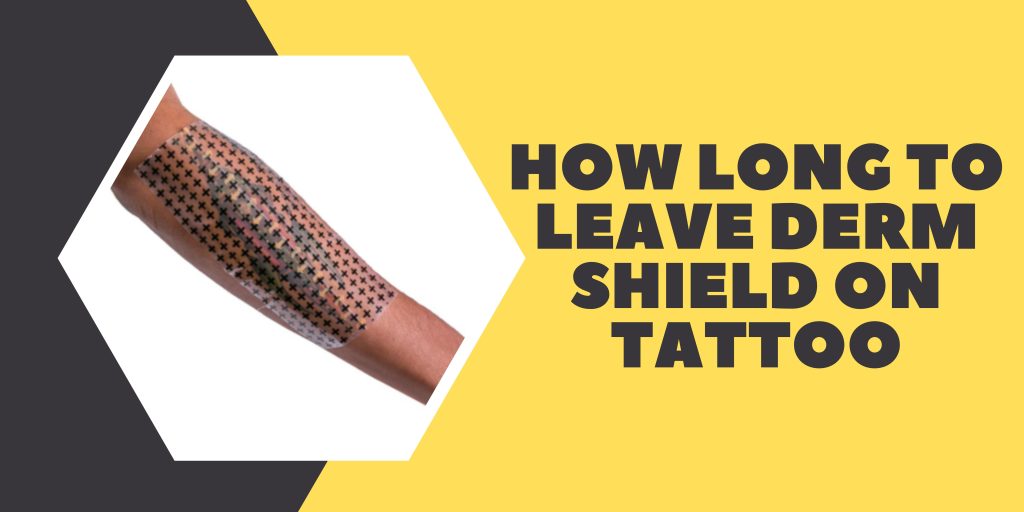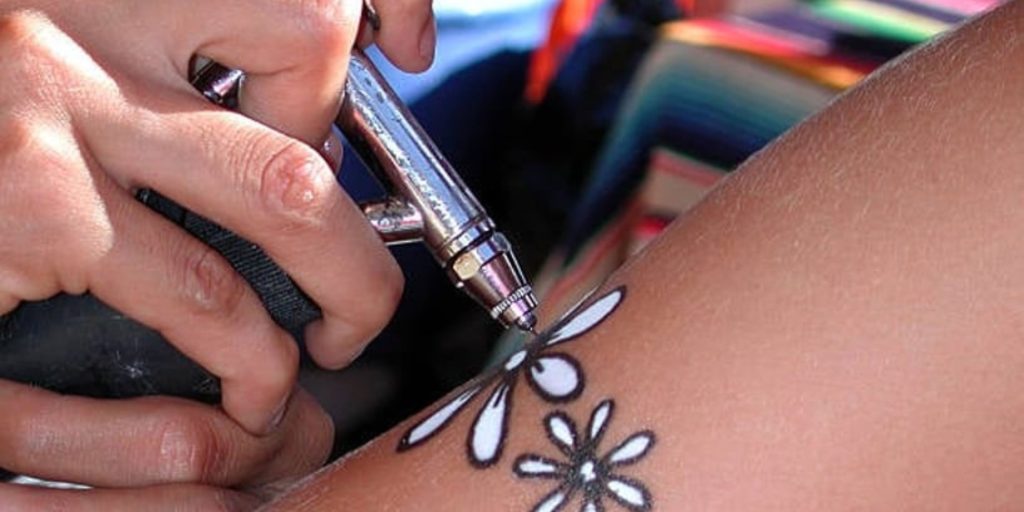Welcome to the captivating realm of biomechanical tattoos, where art and technology collide to create stunning and intricate designs on the human canvas. If you’ve ever wondered, “What are biomechanical tattoos?” you’re about to embark on a journey that explores the history, meaning, and tips for achieving awe-inspiring biomechanical ink.
A Brief History of the Biomechanical Tattoo
Biomechanical tattoos have their roots in the fusion of nature and machinery, a concept that gained popularity in the late 20th century. The visionary artist H.R. Giger, renowned for his work on the film “Alien,” played a pivotal role in inspiring this genre. Giger’s biomechanical art featured surreal, organic elements seamlessly melding with mechanical intricacies, setting the stage for a revolutionary tattoo style.
As the tattoo world evolved, artists like Guy Aitchison and Aaron Cain embraced Giger’s biomechanical aesthetic, translating it onto human skin. The result? Tattoos that appear as if pieces of machinery or robotics are seamlessly integrated into the wearer’s body, creating a visual spectacle that blurs the lines between man and machine.
Read More: What is a Private Tattoo Studio?
What’s the Meaning Behind Biomech Tattoos?
The beauty of biomechanical tattoos lies not only in their visual appeal but also in the deeper meanings they carry. At its core, Biomech ink represents the symbiosis of humanity and technology. It serves as a metaphor for the integration of mechanical elements into the organic, highlighting the delicate balance between nature and artificiality.
For some, biomechanical tattoos symbolize the fusion of the biological and the industrial, reflecting the interconnectedness of life and technology. Others may choose this style to express a fascination with the futuristic, embracing the idea of augmenting the human form with cybernetic enhancements.
In essence, biomechanical tattoos are a form of self-expression that transcends the traditional boundaries of art. They invite individuals to contemplate the evolving relationship between humans and machines, sparking conversations about the future of our species in an increasingly technologically driven world.
Read More: What Are Blackwork Tattoos?
Tips For Amazing Biomechanical Tattoos
Now that you’re intrigued by the concept, let’s delve into some practical tips for ensuring your biomechanical tattoo leaves a lasting impression:
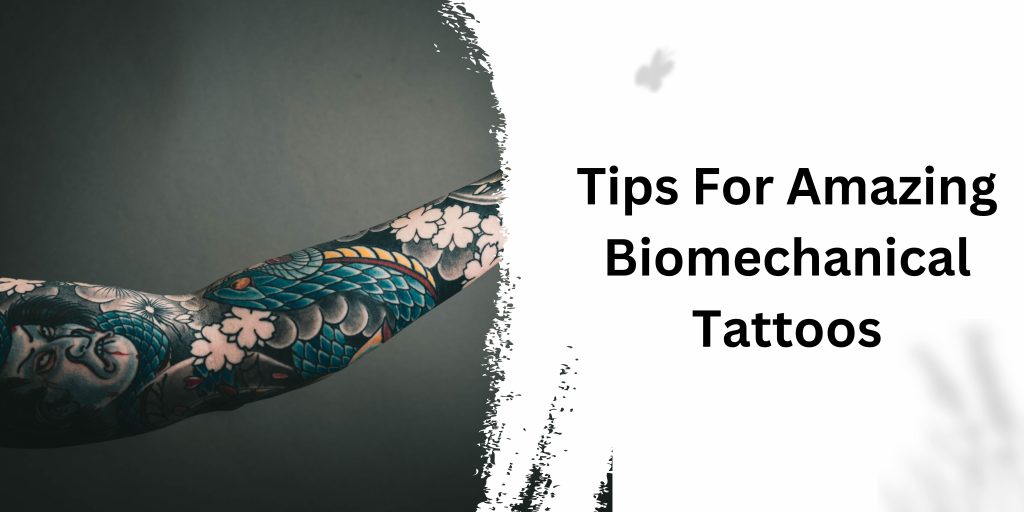
1. Choose a Skilled Artist
The success of any biomechanical tattoo hinges on the artist’s skill and expertise. Look for a tattooist experienced in this style, someone who can flawlessly execute the intricate details and shades essential for a convincing biomechanical design.
2. Collaborate on Design
Bring your ideas to the table, but also be open to the artist’s suggestions. A collaborative approach ensures that your biomechanical tattoo is not just visually striking but also uniquely tailored to your personality and preferences.
3. Consider Placement
Biomechanical tattoos often flow with the natural contours of the body, creating a sense of movement and integration. Work with your artist to choose a placement that enhances the dynamic nature of the design, whether it’s winding around an arm or spanning across your back.
4. Prioritize Detail and Shading
The success of biomechanical tattoos lies in their attention to detail. From the gears and cogs to the organic elements, ensure your artist pays meticulous attention to shading and depth to bring your biomechanical ink to life.
5. Embrace 3D Effects
Biomechanical tattoos thrive on the illusion of depth and three-dimensionality. Discuss with your artist how to incorporate 3D effects, such as shadows and highlights, to make your tattoo pop and create a mesmerizing visual impact.
What do you need for getting a perfect biomechanical tattoo
Getting the perfect biomechanical tattoo involves more than just finding a skilled artist; it requires thoughtful consideration and preparation. Here’s what you need:
1. Clear Vision
Before stepping into the tattoo studio, have a clear vision of what you want. Whether it’s a specific biomechanical theme or elements you wish to include, a well-defined vision serves as the foundation for a successful tattoo.
2. Research Your Artist
Not all tattoo artists excel in biomechanical tattoos. Research and choose an artist with a proven track record in this style. Check their portfolio, read reviews, and ensure they have the expertise to bring your vision to life.
3. Budget Consideration
Quality comes at a price. Biomechanical tattoos, with their intricate details, may require more time and skill, impacting the overall cost. Establish a budget, keeping in mind that investing in a skilled artist is crucial for achieving the desired outcome.
4. Patience is Key
Creating a biomechanical masterpiece takes time. Be patient throughout the process, allowing your artist the necessary time to perfect every detail. Rushing the process may compromise the quality of your tattoo.
5. Aftercare Commitment
Once your biomechanical tattoo is complete, the responsibility shifts to you. Follow the aftercare instructions provided by your artist diligently to ensure proper healing and long-term vibrancy of your ink.
Read More: What does a snake tattoo mean on a woman?
Summary
Biomechanical tattoos are not merely ink on skin; they are a captivating blend of art, technology, and symbolism. From their intriguing history rooted in the works of visionary artists to the profound meanings they carry, biomech tattoos offer a unique canvas for self-expression.
Whether you’re considering a biomechanical tattoo or simply fascinated by the fusion of nature and machinery, this article has provided insights into the mesmerizing world of biomechanical ink. Remember, the key to a perfect biomechanical tattoo lies in collaboration, vision, and the skilled hands of a talented artist.

